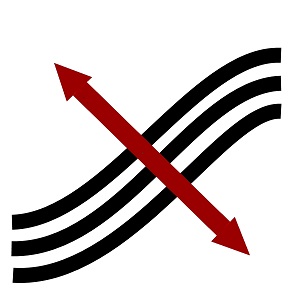Like-Blog
Presenting you the most interesting translation solutions

Why Like-Blog? Now, first of all, this blog is a blog that you should like (and read regularly) – at least, if you are interested in translation. Then, the topic discussed here is one in which the meaningful likeness between a text and its translation in the language pair English-German plays a key role. On this page, I will take a close look at some interesting translation solutions that I have come across in the course of my work as a translator and translation scholar.
A translation solution is only as good as the arguments that support it. This means that any translation criticism, whether positive or negative, needs to be justified. The quality of a translation solution shows only when we compare it to other possible translation solutions in a given translation situation. Therefore, a translation critic should not only say why a translation solution is bad, but also demonstrate what a better solution might look like. I will try to stick to these principles of translation criticism. So if you have any questions regarding my line of argument or if you disagree, please, let me know your opinion by phone at +49 4171 6086525 or by e-mail to bittner@businessenglish-hamburg.de. So much for the introduction. I hope you’ll enjoy reading this blog!
Nuts (January 2026)
In “Think Really Different” (Newsweek 2010), we read:
“Apple is nuts about secrecy, for example.”
In German: “Apple ist zum Beispiel ganz verrückt nach Geheimhaltung.”
Here, the predicate is used in an unidiomatic way. For “nach etwas verrückt sein” relates to objects that a certain subject wants to have. These can also be intangible values, such as love. However, secrecy is not something you can simply have, because secrecy is, strictly speaking, a process that involves an omission – namely, not divulging secrets. And being nuts about someone not doing something is more than unusual – certainly in the case of the German equivalent.
Alternative translations would be: Apple ist zum Beispiel äußerst empfindlich, wenn es um Geheimhaltung geht. Or: Apple ist zum Beispiel um äußerste Geheimhaltung bemüht.
